Submitted by Anju George
Multiculturalism, Cultural Competency and (Un)Just Societies
Canada Architecture News - May 30, 2022 - 10:30 1990 views
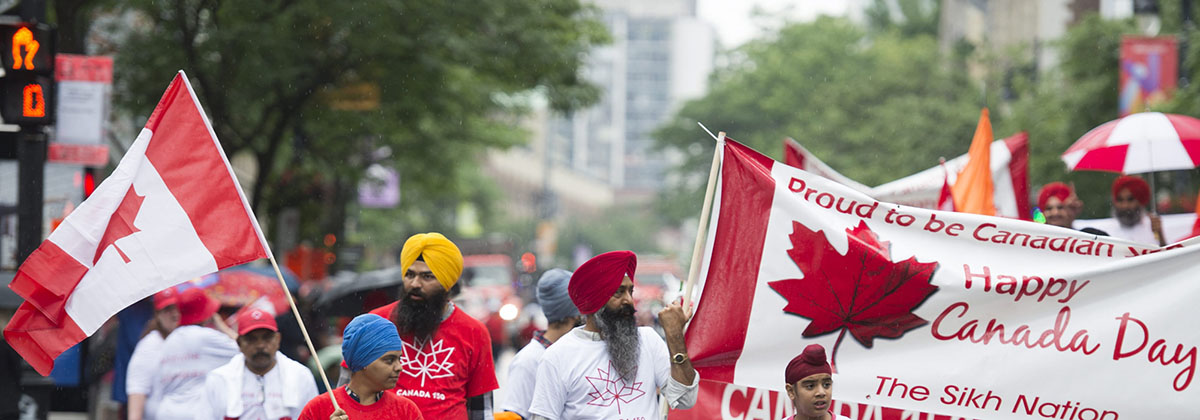
"The increasing tendency towards seeing people in terms of one dominant ‘identity’ is not only an imposition of an external and arbitrary priority, but also the denial of an important liberty of a person who can decide on their respective loyalties to different groups (to all of which he or she belongs)." - Amartya Sen
With Canadian Multiculturalism Day soon approaching on June 27th, the time feels just about right for this discourse to happen. As a doctoral student in urban planning researching the engendering of inclusive cities within the often contested realm(s) of multiculturalism (and immigration) here in North America, writing this piece seemed like the perfect thing to do to get some clarity on the subject.
Introduction
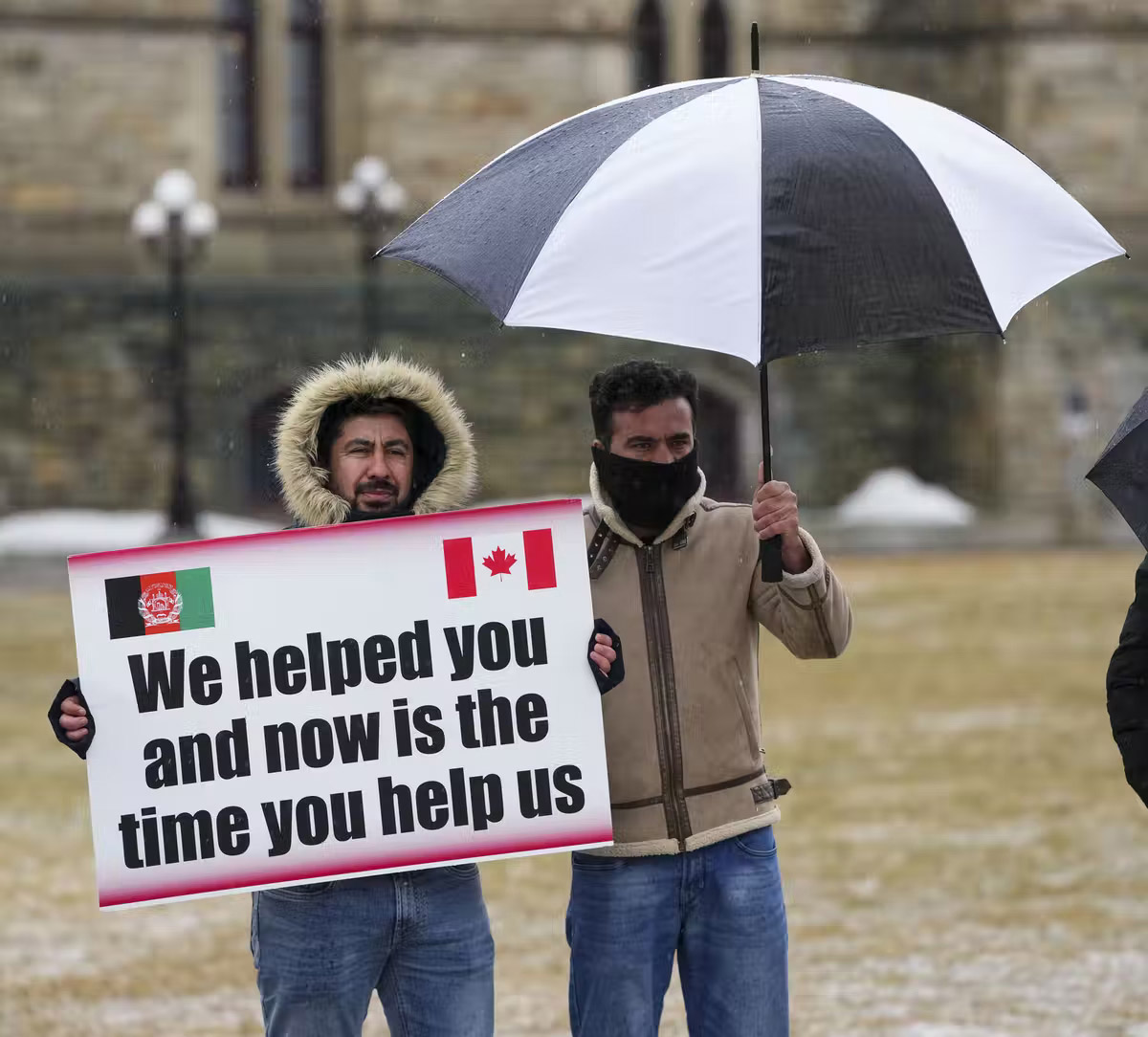
Former Afghanistan interpreters who helped the Canadian military held a protest against the federal government earlier this year for not keeping to their promise of bringing their family members to Canada. Image © Sean Kilpatrick, The Canadian Press.
Truepayna Poo, in a TedX Talk titled, Coming to Canada: The Courage to be Multicultural, said “As soon as people find out that I am a refugee, they automatically sum up a story in their head, about who I am and what my story should sound like."
Diverse North American communities have become sites of complexities that can be attributed to myriad differences between immigrants and long-term residents. These communities are sites of conflict associated with racist violence and a general reluctance to difference (cultural and other) to this day. In fact, multiculturalism is a facade that happens to advance an ever-evolving settler colonialism1. As Maynard puts it,
The celebration and preservation of cultures intrinsic to Canada’s multiculturalism policy continue to function as a smokescreen standing in for meaningful change or the implementation of anti-racist policies that could have challenged the status quo2.
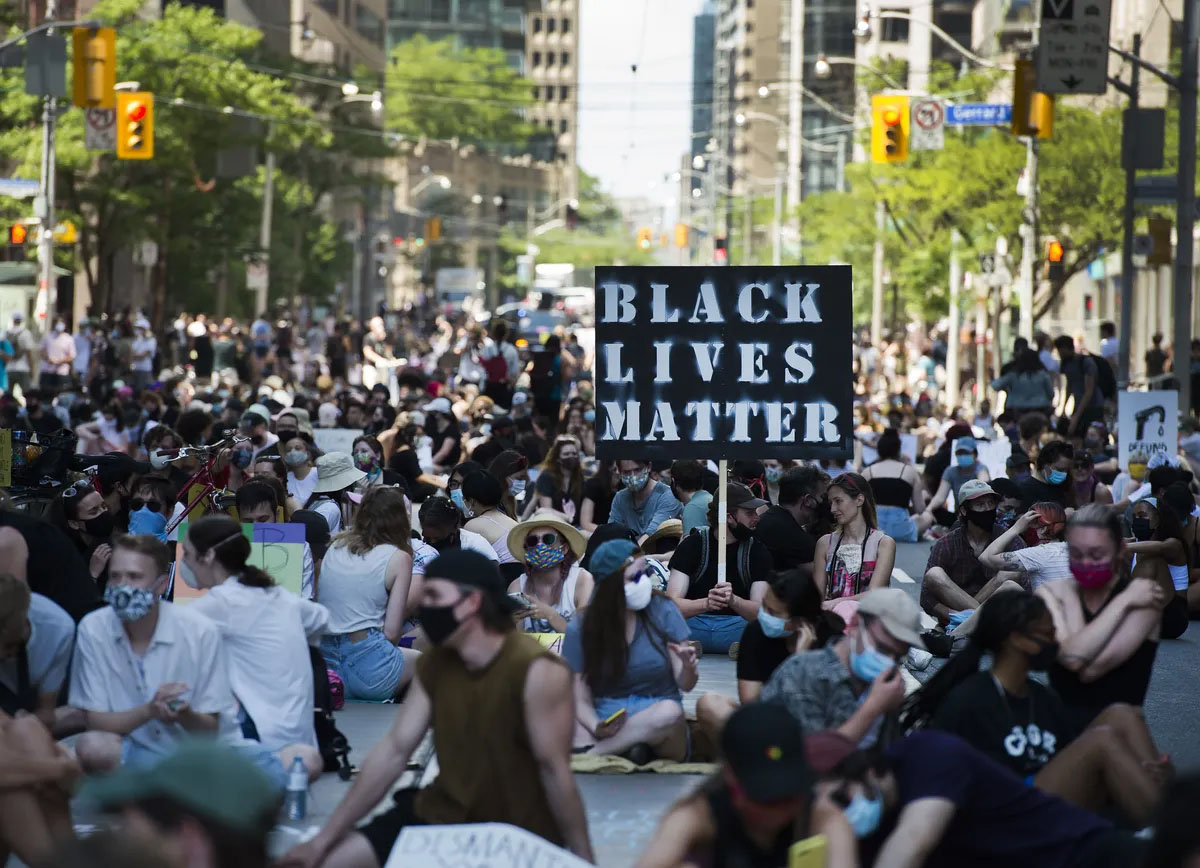
A protest held against social injustice and racism in Toronto in 2020. Image © Nathan Denette, The Canadian Press.
My piece, which is largely an organized literature review, speaks to the principles of creating essentially multicultural societies, the means and ends to attaining those very outcomes, and the struggles associated with the same, here in North America.
It is not enough for planners and organizations to want equity and justice in neighbourhoods and communities; it is also especially important for planners to acknowledge and be aware of the differences that are intrinsic to such societies. This is where the need, for cultural competency in planning, is to be brought about. But, what does it mean to be culturally competent? Cultural competent planners view diversity as an advantage, and not as a dilemma that needs solving and management. The onus is on planning education to get planners up to speed on the aforementioned. For planners to be equipped with the right ideals while planning in (and for) multicultural communities, planning pedagogy needs to be front and centre in advocating for and championing these very ideals.
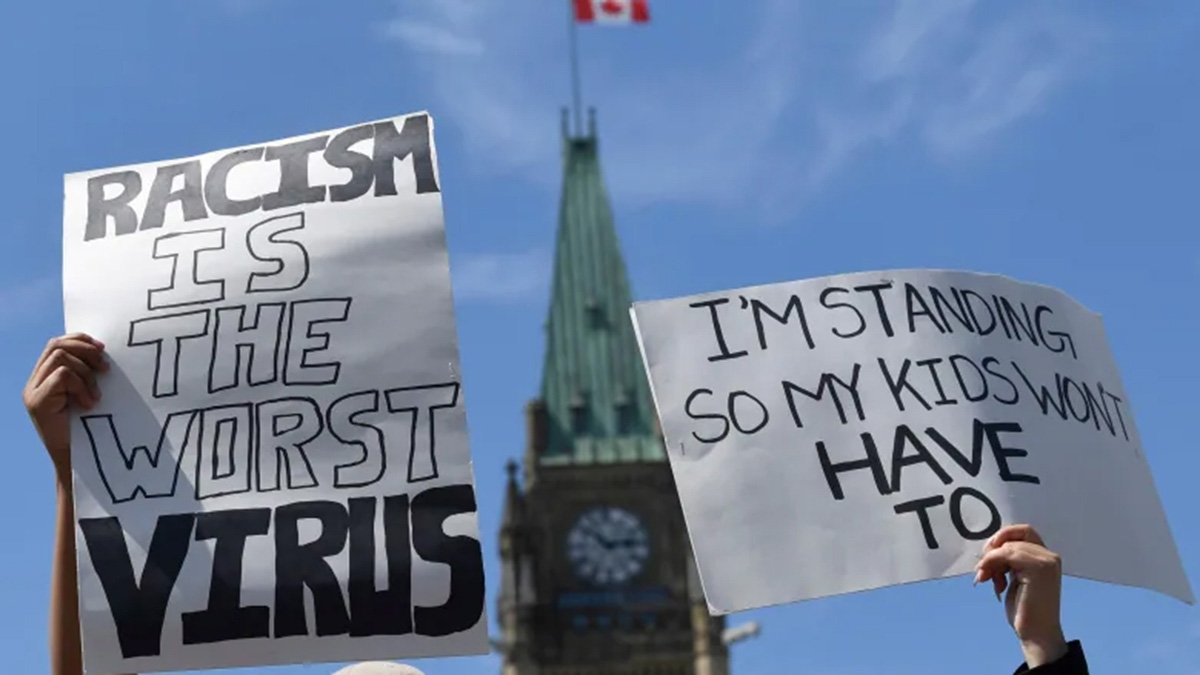
A professor making a statement on the Union's commitment to making anti-racism training mandatory. Image © Adrian Wyld, The Canadian Press.
The articles I perused discuss how important it is for places in multicultural communities to be more than just physical spaces. These very spaces can be spaces of contestation, and also have the potential to steer dialogue (both formal and informal). Cross-cultural exchanges between individuals who belong to different groups happen in these places, and therefore, cannot be taken for granted.
June Manning Thomas speaks about the struggles associated with engendering just cities with respect to the urban planning profession, and affirms that planning organizations advocate for social equity, as much as urban planning practitioners do, but is uncertain of the ways that those ideals can be realized most effectively3. Her empirical research is primarily focused in the United States, and speaks to the role played by practising urban planners who belong to racial ‘minority’ groups. She hypothesizes, and proves, to a large extent, that minority planners have a profound effect on the way minority neighbourhoods (and communities) are planned equitably.
The pieces in Burayidi’s book speak to an innate desire of moving away from the current status quo of planning in a multicultural realm, to one of fostering cultural competency in urban planning practice and education alike4. Rios, in Burayidi’s book, highlights the importance of place as being one that recognizes new forms of citizenship that do not normally fall under the categories that consist of purely racial and ethnic differences5. He sheds light on the pivotal role that place plays in its relationship with culture, and how that convergence “instigates negotiations of belonging, authorship, and power, to establish what groups can expect of one another”. Sen, et al., also in Burayidi’s book, discuss the power of historically Black colleges and universities (HBCUs) in embracing multiculturalism by focusing on difference as key to producing culturally competent planners6. Agyeman and Erickson’s piece speaks to the differences between the ideals brought about by multiculturalism and interculturalism, and champions the need for an intercultural approach to be furthered7. They believe that an intercultural approach in planning education would give birth to culturally competent planners, who celebrate difference in all its forms, and perceive non-consensus to be a stepping-stone for the creation of essentially diverse communities.
Analysis and connections drawn
Thomas discusses both the means and the ends for attaining the essentially just city8. Healey does the same when she speaks about the importance of both, the processes and the outcomes, when it comes to the elements of a just city framework9. I do agree with the arguments stated both by Thomas and Healey. All the same, I do believe that whatever the processes might be that govern the engendering of a multicultural city, it would only mean something if the city was just and equitable for all its racial and ethnic compositions. Fainstein, in her quest to design a model of justice, emphasizes how deeply fundamental the shared understanding of equality is to formulating a roadmap for creating just cities10. In a normative sense, inclusive participation in public decision-making, which may not always result in just outcomes, should be the starting point in designing the framework for just urban policies.
The approaches in Burayidi’s book take on a more multicultural approach to planning11. Burayidi believes that interculturalism is not so much an approach that is to be chosen instead of the multiculturalism approach, because he believes that interculturalism is one of the facets that belong to the realm of multiculturalism. All the same, Agyeman et al. believe that interculturalism must lead the way because of the importance of the role of cultural exchanges between different cultures12. Multiculturalism posits an equality in the environments that are created; interculturalism, on the other hand, furthers different treatments of people based on different needs. A consensus between different opinions may not always be reached, instead it is desired that a certain power is vested in non-consensus13. Rather than Hillier’s claim to how respecting differences and conflicts should be part of how professional urban planning is conducted within the collaborative planning realm, Tewdwr-Jones raises a legitimate question as to whether collaborative planning calls for a deprofessionalization of planning, so as to do away with the hierarchies present within the existing dynamics of power14.
As Sandercock alludes to in her papers, planners need to welcome difference and create communities accordingly15. She argues for a 21st century multicultural project where fears and anxieties of ‘the other’ are to be worked with. She suggests seven policy directions towards attaining diversity, that range from the formulation of a commitment by political parties at the local level, to how policies should be pieced together to address cultural difference and diversity. The underlying theme that Rios speaks about in his article, which is the relevance of the attachments that people develop over time in their physical (and social) environments, is also explored by Anderson16. Places introduce meaning to people, and therefore, the unique identities of places need to be studied17. Relph, using a phenomenological approach of philosophy, also speaks to the importance of the sense of place experienced by people18. He is convinced of the fact that places introduce meaning to people, and therefore studies the unique identities of places. He further differentiates the concepts of places and spaces, and refers to spaces as those that do not enliven human experiences. Places, on the other hand, he says, are “fusions of human and natural order and are the significant centers of our immediate experiences of the world”. The rhetoric concerning the insideness (feeling of safety) – outsideness (feeling of threat) dualism has been explored, where he speaks to the idea of a person’s association with place.
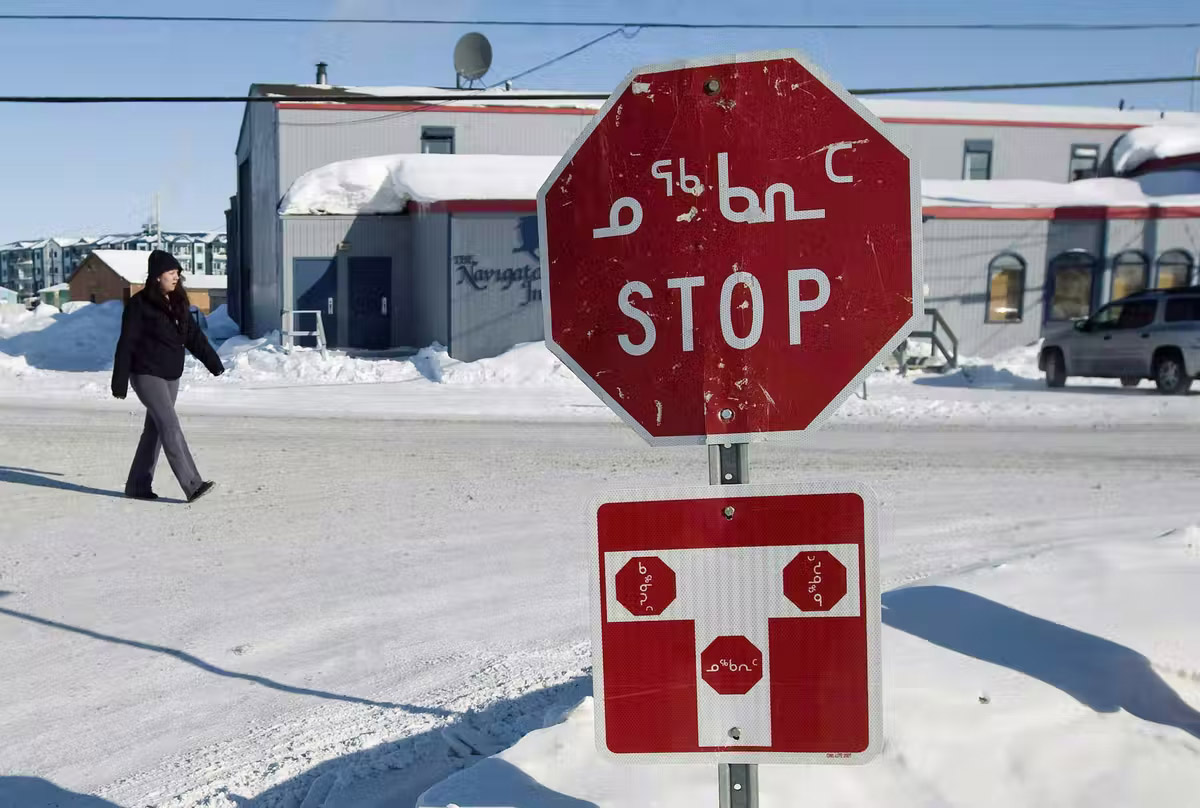
A woman walks past a bilingual STOP sign displayed in Inuktitut and English in Iqaluit, Nunavut. Image © Nathan Denette, The Canadian Press.
As the nature of (multicultural) planning changes over time as per societal needs, political imperatives and such, planning education also needs to change its course to incorporate the ‘changed’ ideals of planning. Sen, et al’s paper, as well as Agyeman et al’s paper, advocate for the incorporation of cultural competency in planning curricula19. As well-intentioned as individuals may be, we need to invest our time in understanding the other’s opinions and help manage (un)conscious bias while working with diverse populations. The reflective exercise, put forth by Agyeman et al., is especially relevant in times likes these, where cities around the world are increasingly becoming ‘global’20. Another point, highlighted by both the articles, is the importance of difference, not just in terms of racial and ethic compositions, but also “in terms of gender, class, age, sexual orientation, cultural heterogeneity and disability”21. Dean, et al’s piece introduces the theory of hyper-diversity to shed light on cultural pluralism beyond mere ethnicity by analyzing immigrant interactions with their local suburban community22. The authors make an effort in answering questions regarding pluralism and diversity that the authors tackle with in this era of migration. The authors concluded that planning for diversity and cohesion needed to go beyond the white non-white binary, and that cultivating a sense of belonging was key to the formation of pluralistic communities.
Canada has always been welcoming to immigrants, but their integration into Canada’s multicultural society is what ultimately matters. The mismatch is disturbing, yet so evident. Unless municipalities adopt equity-based, inclusive approaches, the promise of a welcoming Canada falls short. Thomas, after conducting the interviews, did come to realize that a mere increase in minority recruitment, did not necessarily address the structural challenges associated with the planning profession23. Their presence did, in fact, enhance connection and access for the minority groups. Zhuang speaks to the issue that surrounds the overreliance of local municipal organizations to accommodate and support immigrant integration with respect to housing, transportation and the public realm, to name a few24. Local municipalities are tasked with providing services and infrastructure owing to immigrant settlement, when they lack the jurisdictional authority over federal immigration policies.
Conclusion
As is almost always the case, as observed in planning discourses that happen across the globe and in practical scenarios, preferential treatment for certain identities, is the status quo. How can this be changed and an equitable future be articulated? Could cultural competency be the answer?
Qadeer does discuss how the realization of ideals pertaining to multicultural outcomes may be tough to come by because of the restrictions imposed within the institutional frameworks of planning25. Is it enough to have taken that first step towards multicultural planning, or does a whole lot more need to be done, especially since the world (not just Canada) is largely becoming a ‘cosmopolis’ (in Sandercock’s words)26? If equitable outcomes have not yet been met in terms of multiculturalism, can it then safely be said that the efforts have been initiated, like Qadeer alludes to? Though our roles as planners are often celebrated and our ‘ends justifies the means’ argument (which translates to planning actions that effectuate good cities) works to help mask our (in)actions, what kind of cities are we really trying to achieve? Are we just guinea pigs that help perpetuate the interests of the powerful by helping create unjust cities?
Though the language of organizations like the OPPI, the CIP and the ULI signal to the adoption and employment of inclusive planning, the scope of who (who is human) is being planned for remains blurry at best. Dorries speaks to this in light of the Indian Act, which “limits both property and citizenship to Indigenous people who take on the characteristics of white Euro-Canadians”27. Which human image is the dominant image of the generic human? As much as these questions warrant psychoanalysis, they also help in steering the discourse on the inherent failures of urban planning and can begin to address the sections of the demographic populace that are largely left ignored.
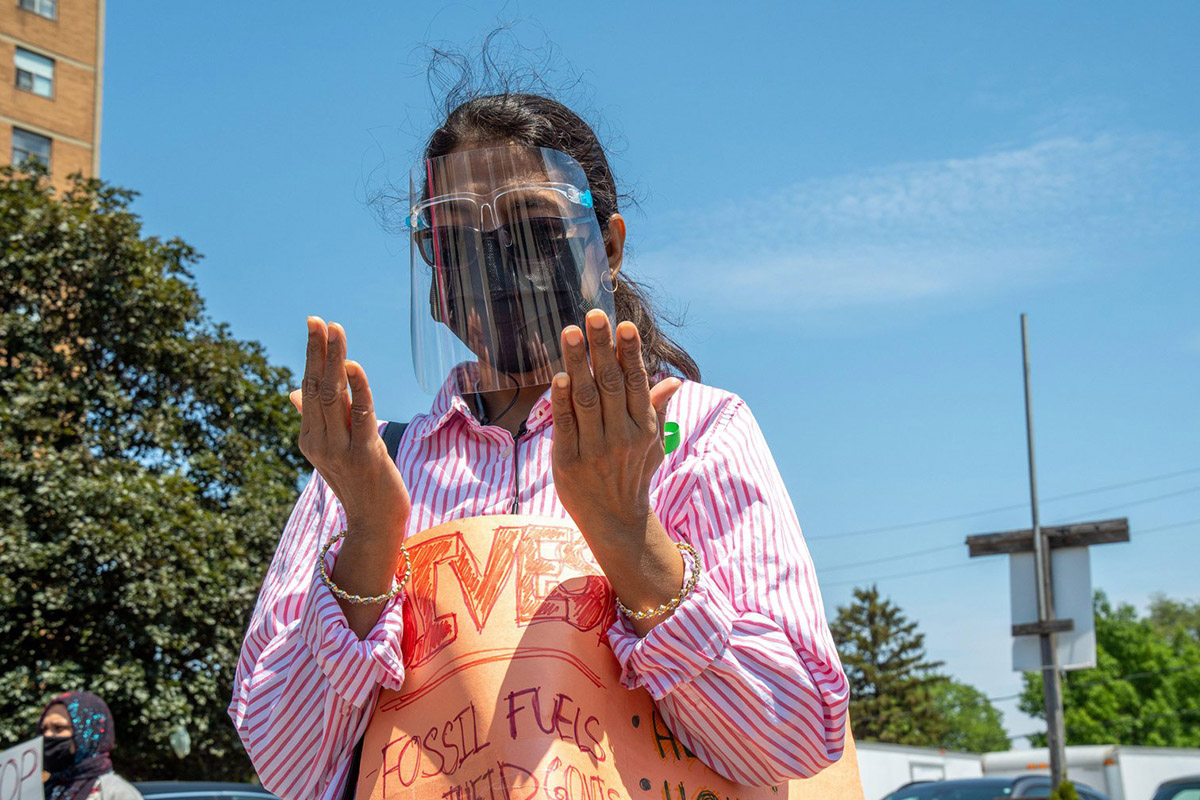
The walk in Toronto held towards the singleness of purpose against hate and Islamophobia following the senseless killing of the Afzaal family. Image © TorontoNews.
As planners, we need to understand what it actually means to be multicultural or pluralistic or multi-ethnic. It has been established by Qadeer, Sandercock, and others, that many of these terms may be ambiguous and their intentions vacillated and or ambivalent, but like Sandercock suggests in her book, Cosmopolis II, would it help to understand planning histories, revisit and reconstruct them28? After all, the histories that are conveyed to us are those that belong to the White colonialists. Gaining perspectives of the others who used those same spaces would, in fact, spark a certain interest for us planners. That is not how people, who belong to other racial identities, cultural ethnicities, genders, sexes and/or affiliations, view those same histories. She believes that for truly multicultural places to be engendered, there needs to be a revisiting of the planning histories that have shaped these very same spaces. Cities, as ‘cities of difference’, bring forth implications for urban planning and citizenship. The utopian that she often identifies herself as, speaks to the future of progressive cities that allow for diverse groups to live in peace, but also be spaces for constructive dialogue and deliberation.
References:
1. Maynard, R. (2017). Policing Black Lives: State Violence in Canada from Slavery to the Present. Halifax: Fernwood Publishing.
2. Maynard, R. (2017). Policing Black Lives: State Violence in Canada from Slavery to the Present. Halifax: Fernwood Publishing.
3. Thomas, J. M. (2008). The minority-race planner in the quest for a just city. Planning Theory, 7(3), 227-247.
4. Burayidi, M.A. (2015). Cities and the politics of difference: Multiculturalism and diversity in urban planning. Toronto, ON: University of Toronto Press.
5. Rios, M. (2015). Negotiating Culture: Towards Greater Competency in Planning. In M. A. Burayidi (Ed.), Cities and the Politics of Difference: Multiculturalism and Diversity in Urban Planning (pp. 363–361). University of Toronto Press.
6. Sen, S., Kumar, M., &, Smith, S. L. (2015). Educating Planners for a Cosmopolitan Society: A Selective Case Study of Historically Black Colleges and Universities. In M. A. Burayidi (Ed.), Cities and the Politics of Difference: Multiculturalism and Diversity in Urban Planning (pp. 362–387). University of Toronto Press.
7. Agyeman, J., & Erickson, J. S. (2012). Culture, recognition, and the negotiation of difference: Some thoughts on cultural competency in planning education. Journal of Planning Education and Research, 32(3), 358-366.
8. Thomas, J. M. (2008). The minority-race planner in the quest for a just city. Planning Theory, 7(3), 227-247.
9. Healey, P. (1992). Planning through debate: the communicative turn in planning theory. The Town Planning Review, 63(2), 143–162.
10. Fainstein, S. (2014). The just city. International Journal of Urban Sciences, 18(1), 1-18.
11. Burayidi, M.A. (2015). Cities and the politics of difference: Multiculturalism and diversity in urban planning. Toronto, ON: University of Toronto Press.
12. Agyeman, J., & Erickson, J. S. (2012). Culture, recognition, and the negotiation of difference: Some thoughts on cultural competency in planning education. Journal of Planning Education and Research, 32(3), 358-366.
13. Hillier, J. (2003). ‘Agon’izing over Consensus: Why Habermasian ideals cannot be ‘real’. Planning Theory, 2(1), 37-59.
14. Tewdwr-Jones, M. & Allmendinger, P. (1998). Deconstructing communicative rationality: a critique of Habermasian collaborative planning. Environment and Planning, 30(1), 1975-1989.
15. Sandercock, L. (2003). Planning in the Ethno-culturally Diverse City: A Comment. Planning Theory & Practice, 4(3), 319-323; Sandercock, L. (2000). Cities of (In)Difference and the Challenge for Planning. DisP - The Planning Review, 36(140), 7–15; Sandercock, L. (2000). When Strangers Become Neighbours: Managing Cities of Difference. Planning Theory & Practice, 1(1), 13-30.
16. Rios, M. (2015). Negotiating Culture: Towards Greater Competency in Planning. In M. A. Burayidi (Ed.), Cities and the Politics of Difference: Multiculturalism and Diversity in Urban Planning (pp. 363–361). University of Toronto Press; Anderson, B. (2016). Imagined communities. Verso Books.
17. Anderson, B. (2016). Imagined communities. Verso Books.
18. Relph, E C. (1976). Place and Placelessness. London: Pion.
19. Sen, S., Kumar, M., &, Smith, S. L. (2015). Educating Planners for a Cosmopolitan Society: A Selective Case Study of Historically Black Colleges and Universities. In M. A. Burayidi (Ed.), Cities and the Politics of Difference: Multiculturalism and Diversity in Urban Planning (pp. 362–387). University of Toronto Press.
20. Agyeman, J., & Erickson, J. S. (2012). Culture, recognition, and the negotiation of difference: Some thoughts on cultural competency in planning education. Journal of Planning Education and Research, 32(3), 358-366.
21. Sen, S., Kumar, M., &, Smith, S. L. (2015). Educating Planners for a Cosmopolitan Society: A Selective Case Study of Historically Black Colleges and Universities. In M. A. Burayidi (Ed.), Cities and the Politics of Difference: Multiculturalism and Diversity in Urban Planning (pp. 362–387). University of Toronto Press.
22. Dean, J., Regier, K., Patel, A., Wilson, K., & Ghassemi, E. (2018). Beyond the Cosmopolis: Sustaining Hyper-Diversity in the Suburbs of Peel Region, Ontario. Urban Planning, 3(4), 38-49.
23. Thomas, J. M. (2008). The minority-race planner in the quest for a just city. Planning Theory, 7(3), 227-247.
24. Zhuang, Z. C. (2020). Cities of Migration: The Role of Municipal Planning in Immigrant Settlement and Integration. In International Affairs and Canadian Migration Policy (pp. 205–226). Springer International Publishing.
25. Qadeer, M. (2015). The Incorporation of Multicultural Ethos in Urban Planning. In M. A. Burayidi (Ed.), Cities and the Politics of Difference: Multiculturalism and Diversity in Urban Planning (pp. 58–86). University of Toronto Press.
26. Sandercock, L. (2003). Cosmopolis II: Mongrel Cities of the 21st Century. London: Bloomsbury. Chapter 2.
27. Dorries, H. (2017). Planning as property: Uncovering the hidden racial logic of a municipal nuisance by-law. Journal of Law & Social Policy, 27, 72.
28. Sandercock, L. (2003). Cosmopolis II: Mongrel Cities of the 21st Century. London: Bloomsbury. Chapter 2.
Top Cover Image: Members from the Sikh community participated in the annual Canada Day parade held in Montreal in 2017. Image © Graham Hughes, The Canadian Press Images.
